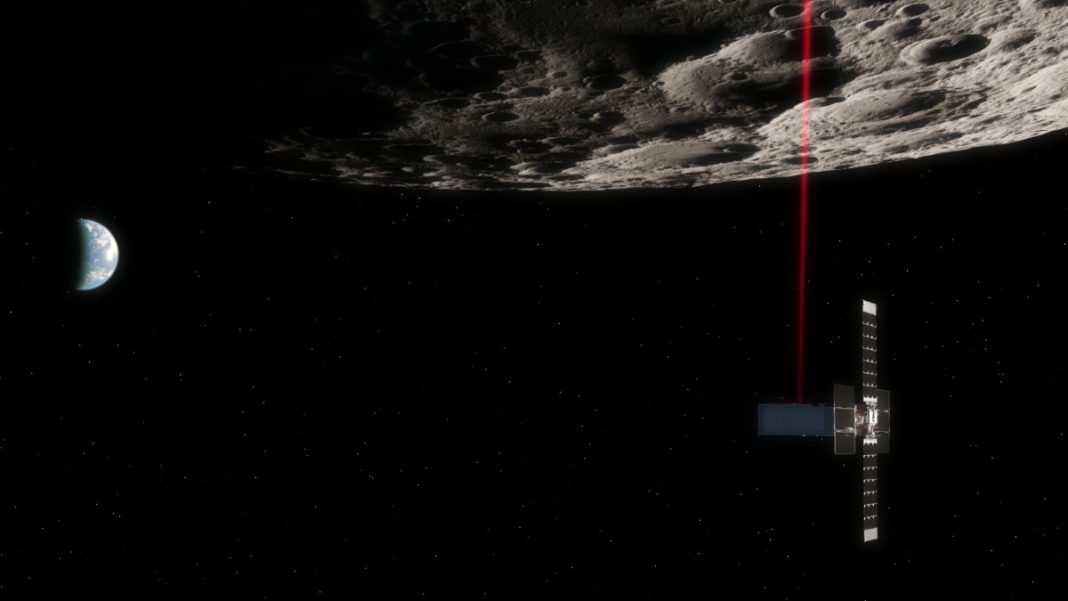UNITED STATES: Scientists were perplexed when observing an enigmatic anomaly during lunar laser-ranging experiments.
These experiments involved firing a laser beam from Earth to the Moon and measuring the time it takes for the light to bounce back.
While researchers have used this technique for decades to precisely determine the distance between our planet and its natural satellite, the unexpected behaviour of the laser beam has led to a flurry of scientific curiosity and raised intriguing questions about the Moon’s composition and structure.
A team of researchers at a prominent astronomical observatory first detected the lunar laser ranging anomaly.
Upon analysing the data collected during routine experiments, they noticed intermittent variations in the returning laser signal.
These unexpected fluctuations contradicted the predictable pattern scientists had observed for years.
Scientists worldwide quickly joined the investigation, aiming to unravel the mysterious phenomenon.
One prevailing hypothesis suggests that the lunar anomaly is an attribute of the gravitational interactions between the Moon and hidden space objects, such as minor asteroids or even hidden lunar satellites.
These interactions could perturb the laser beam’s trajectory, causing the fluctuations observed during the experiments.
Another hypothesis focuses on the internal structure of the Moon. It suggests that seismic activity within the Moon’s interior, although minimal, could create subtle vibrations that affect the laser signal.
Scientists are considering the possibility of hidden geological processes or even the presence of an undiscovered layer within the Moon that influences its behaviour during laser ranging experiments.
Furthermore, some researchers speculate that the anomaly may result from lunar dust. Over time, the Moon’s surface accumulates a layer of fine particles that could scatter the laser beam, leading to the observed variations.
This hypothesis has gained traction due to recent studies indicating the presence of an electrostatic charge on lunar dust particles, potentially affecting their behaviour in the laser experiment.
Scientists plan to conduct additional lunar laser-ranging experiments with increased precision to shed light on this perplexing phenomenon.
The experiments aim to gather more data and explore potential correlations with known lunar events, such as meteor showers or solar activity.
Furthermore, space agencies are contemplating future missions dedicated to investigating the Moon’s surface and subsurface to identify any hidden features that could contribute to the anomaly.
The lunar laser ranging anomaly has rekindled scientific curiosity about Earth’s closest celestial neighbour.
While the anomaly is intriguing, it also underscores the importance of further exploring the Moon to understand better its geological history, composition, and interaction with the solar system.
The scientific community eagerly awaits additional research, collaboration, and technological advancements to help unravel the mystery behind this peculiar lunar behaviour.
Solving the lunar laser ranging anomaly could pave the way for a deeper understanding of the Moon’s past, its present state, and its potential role in the future exploration of our cosmic neighbourhood.
Also Read: Asteroid 2023 HG1 to Pass Close to Earth: NASA Assures No Danger Posed



